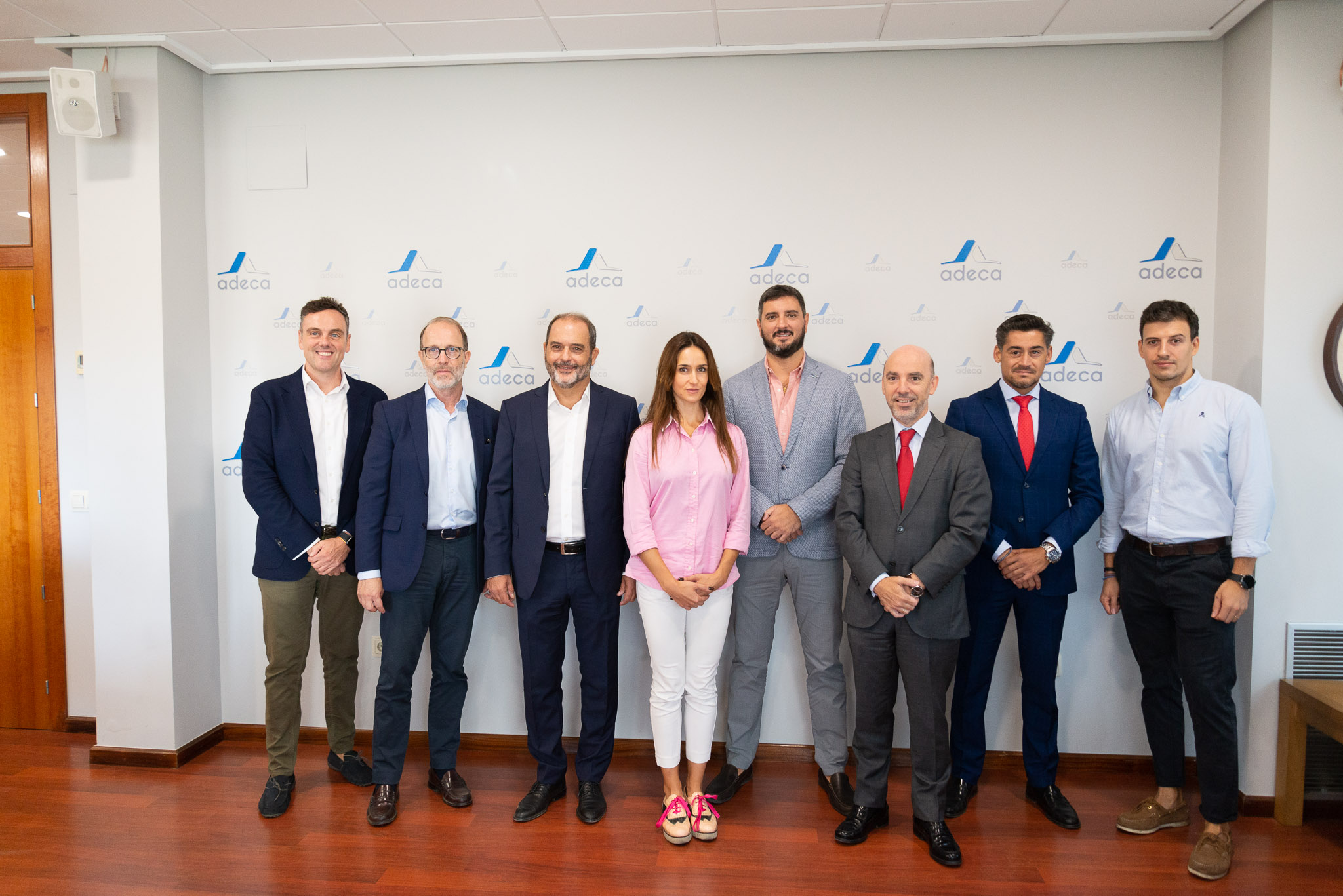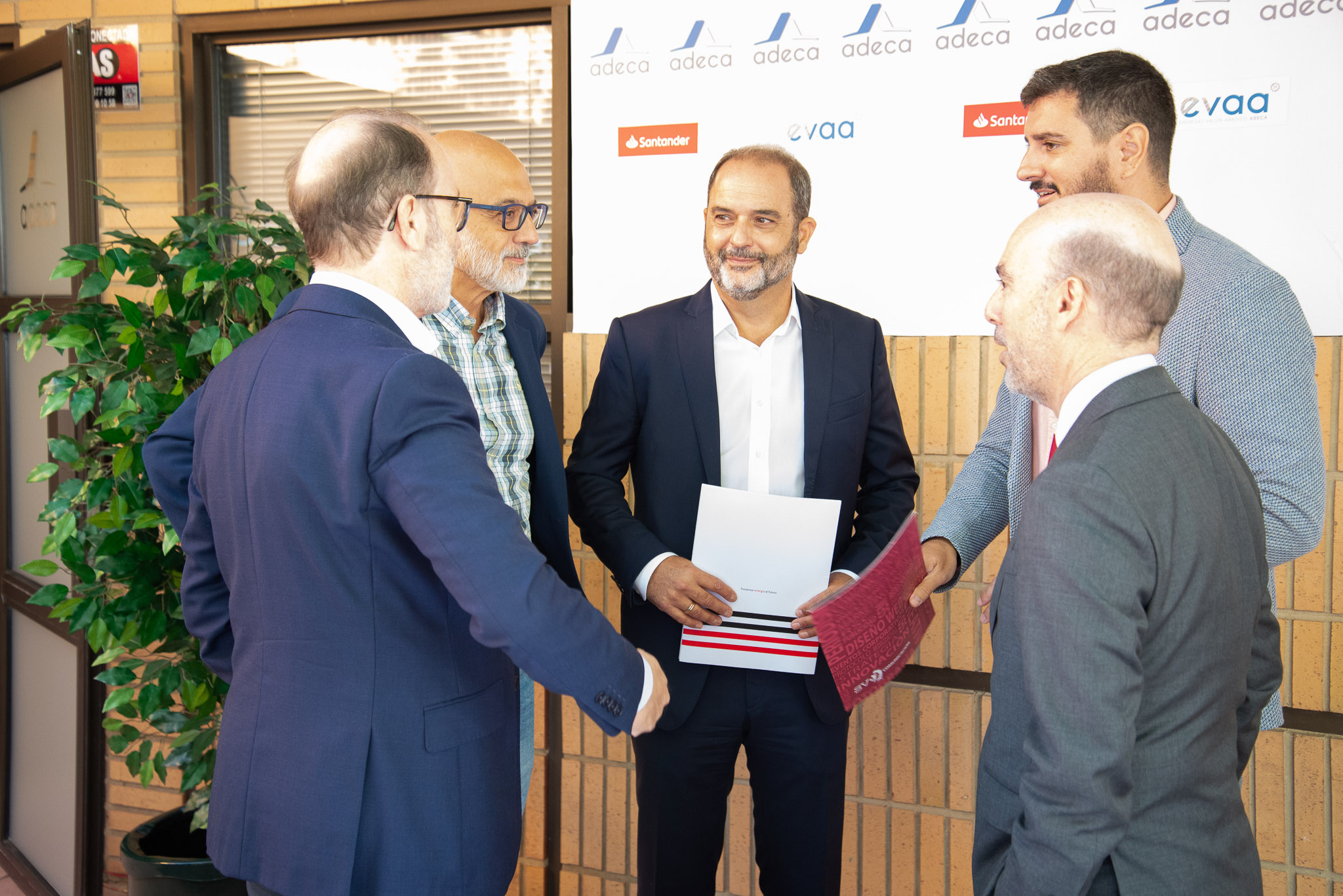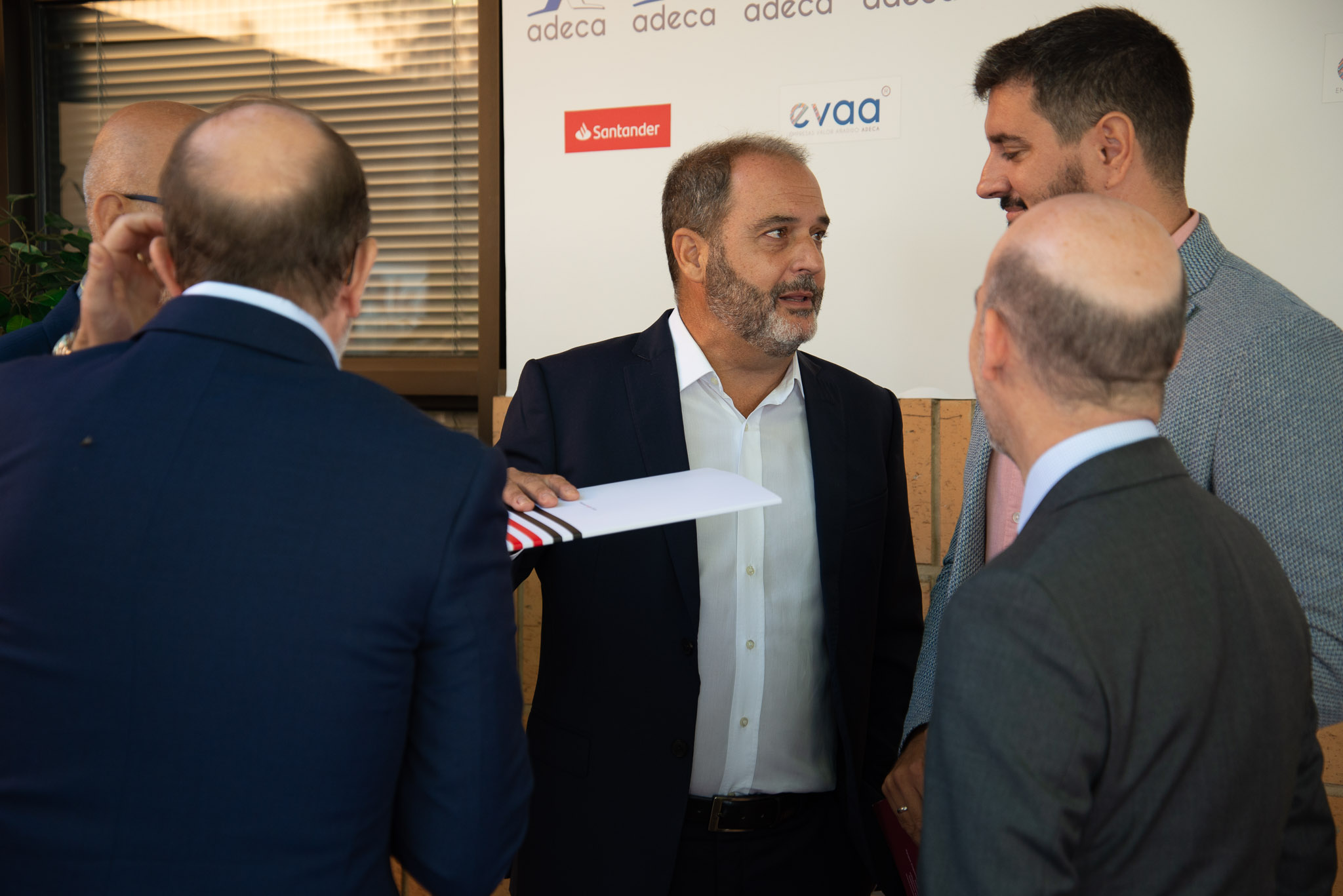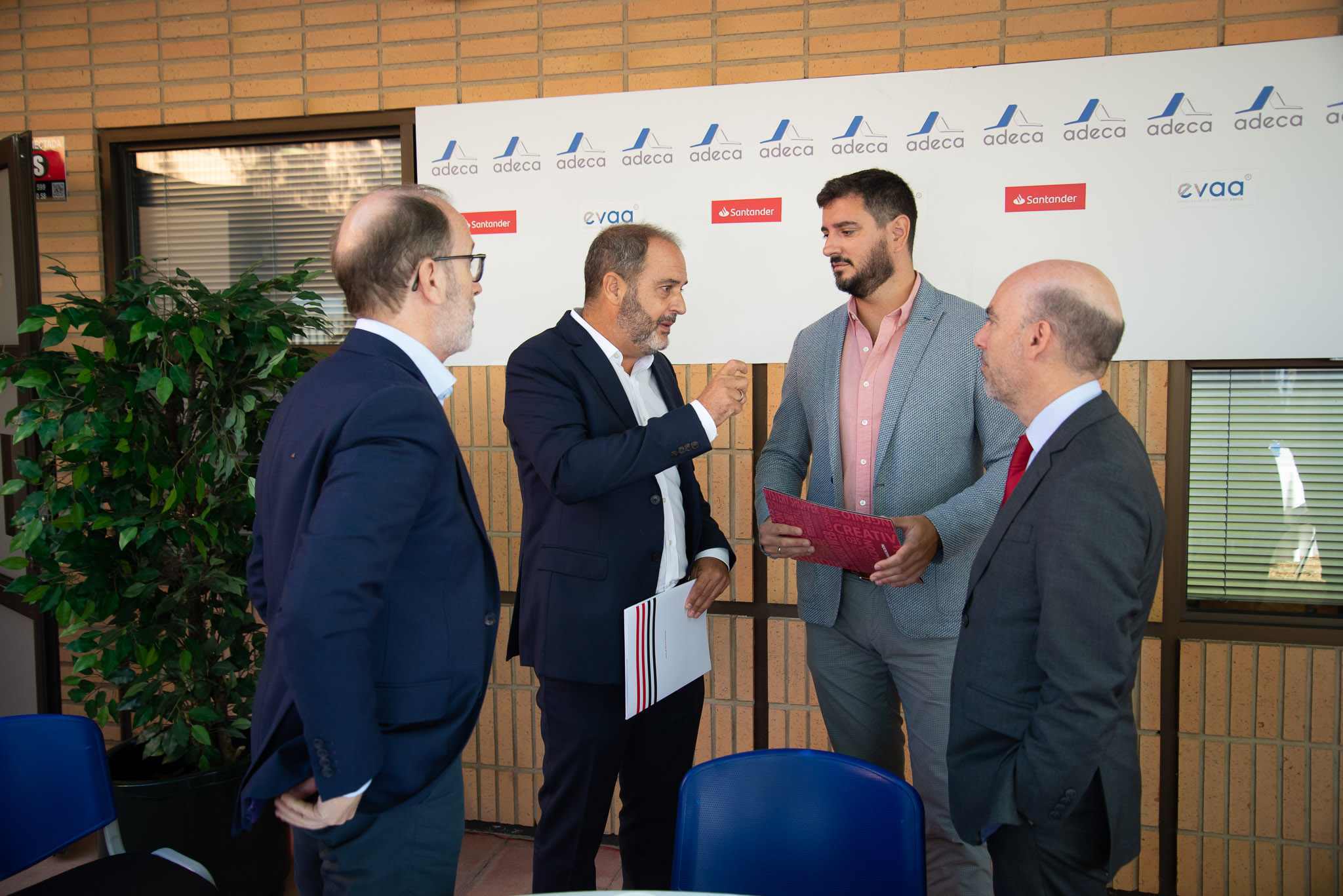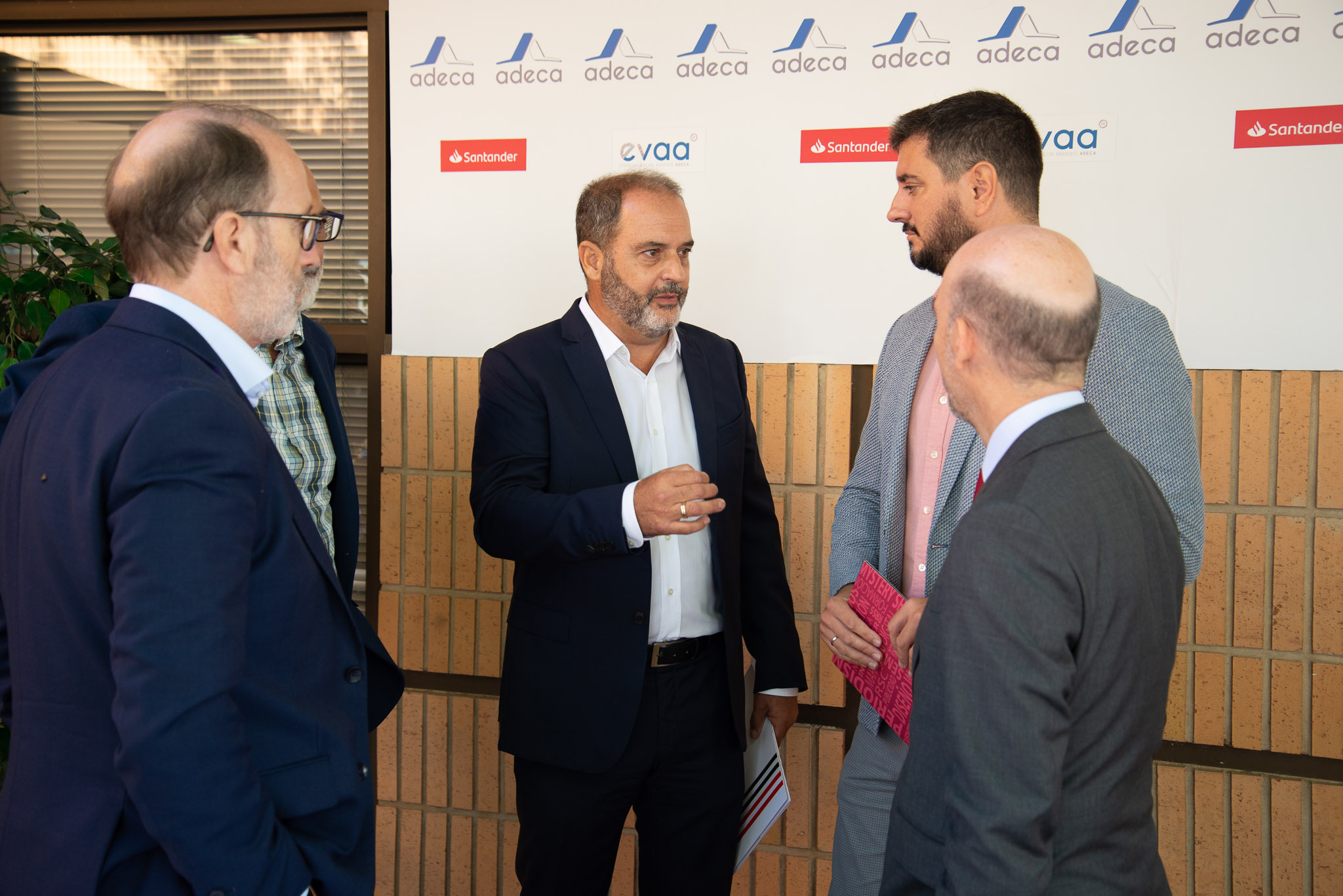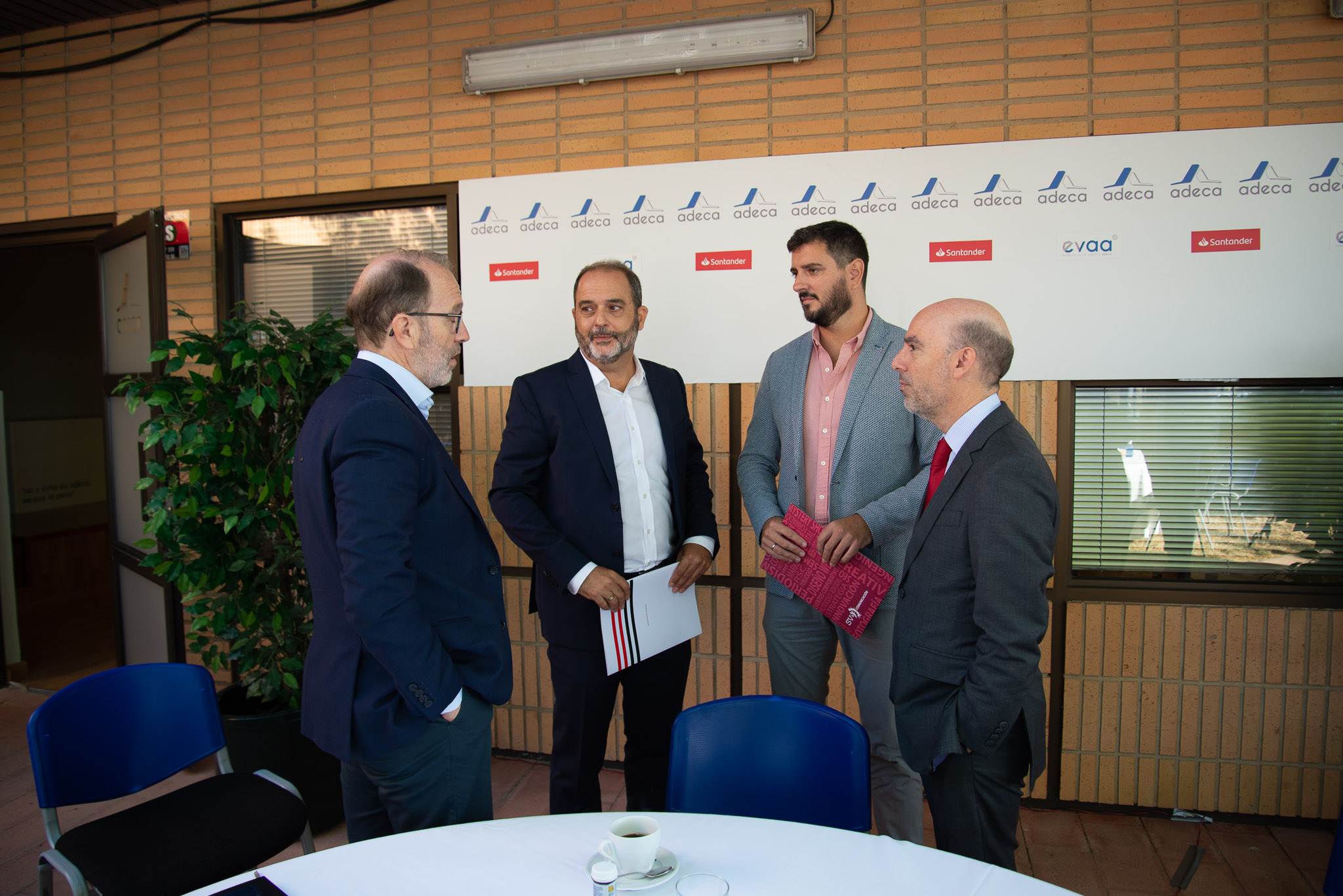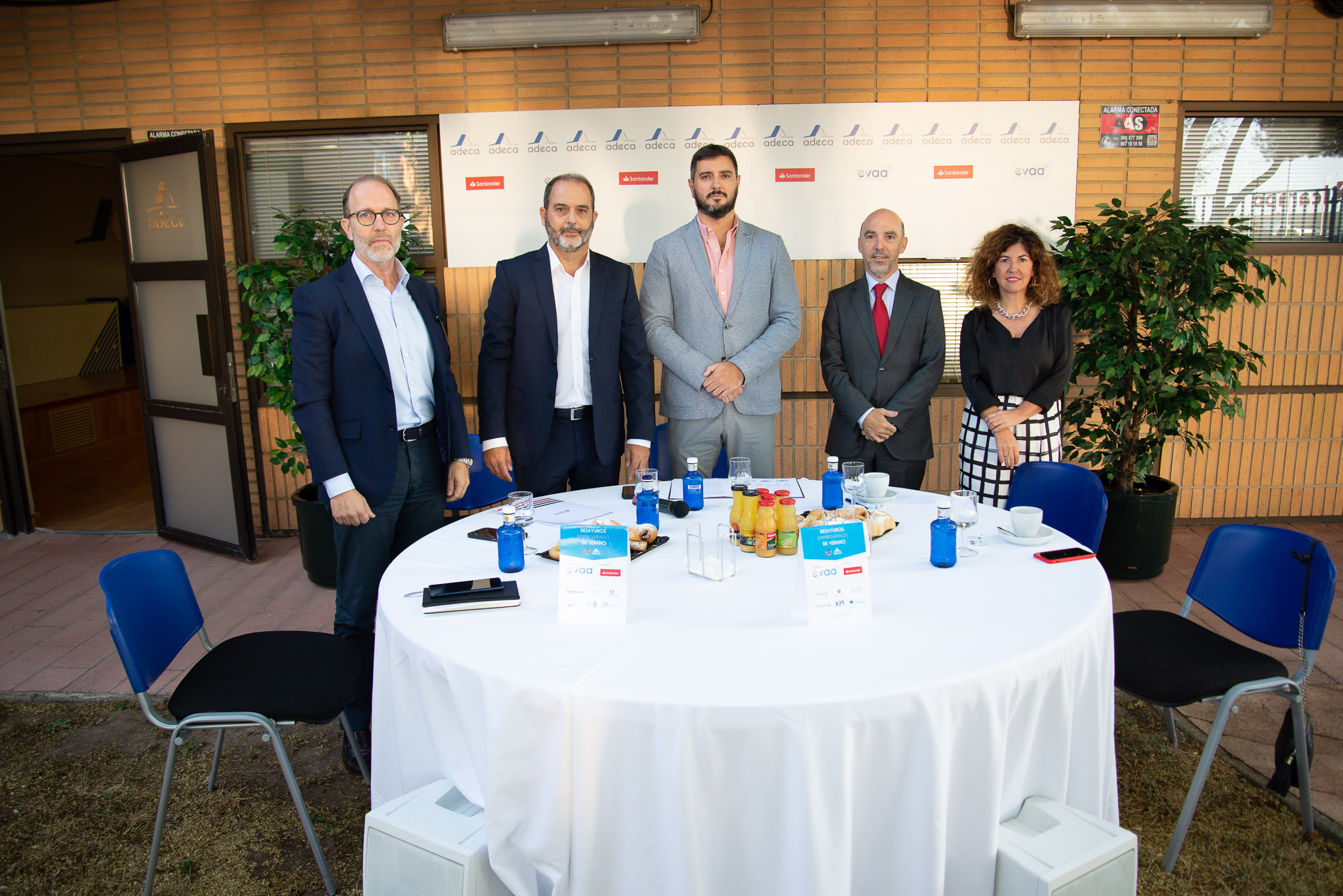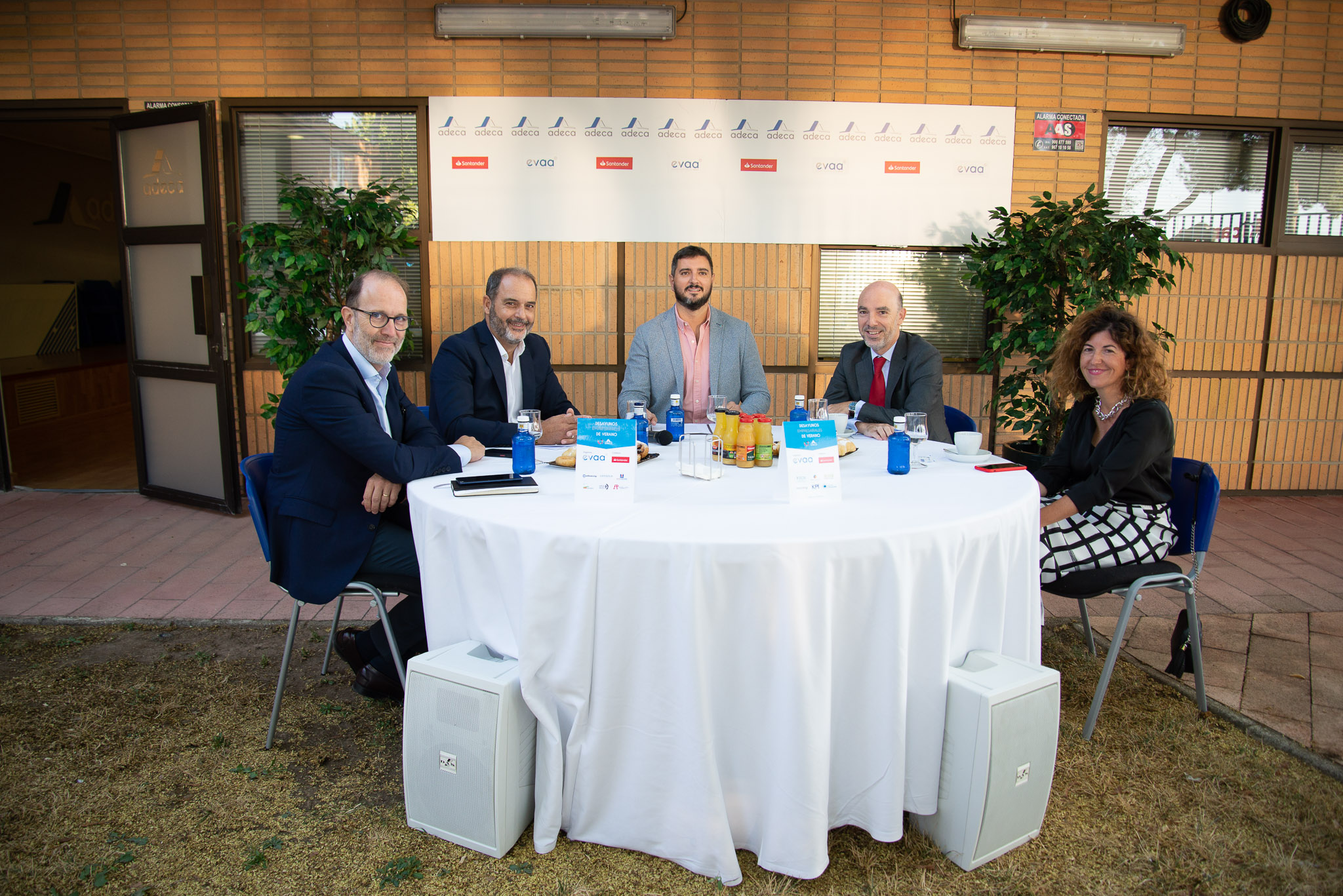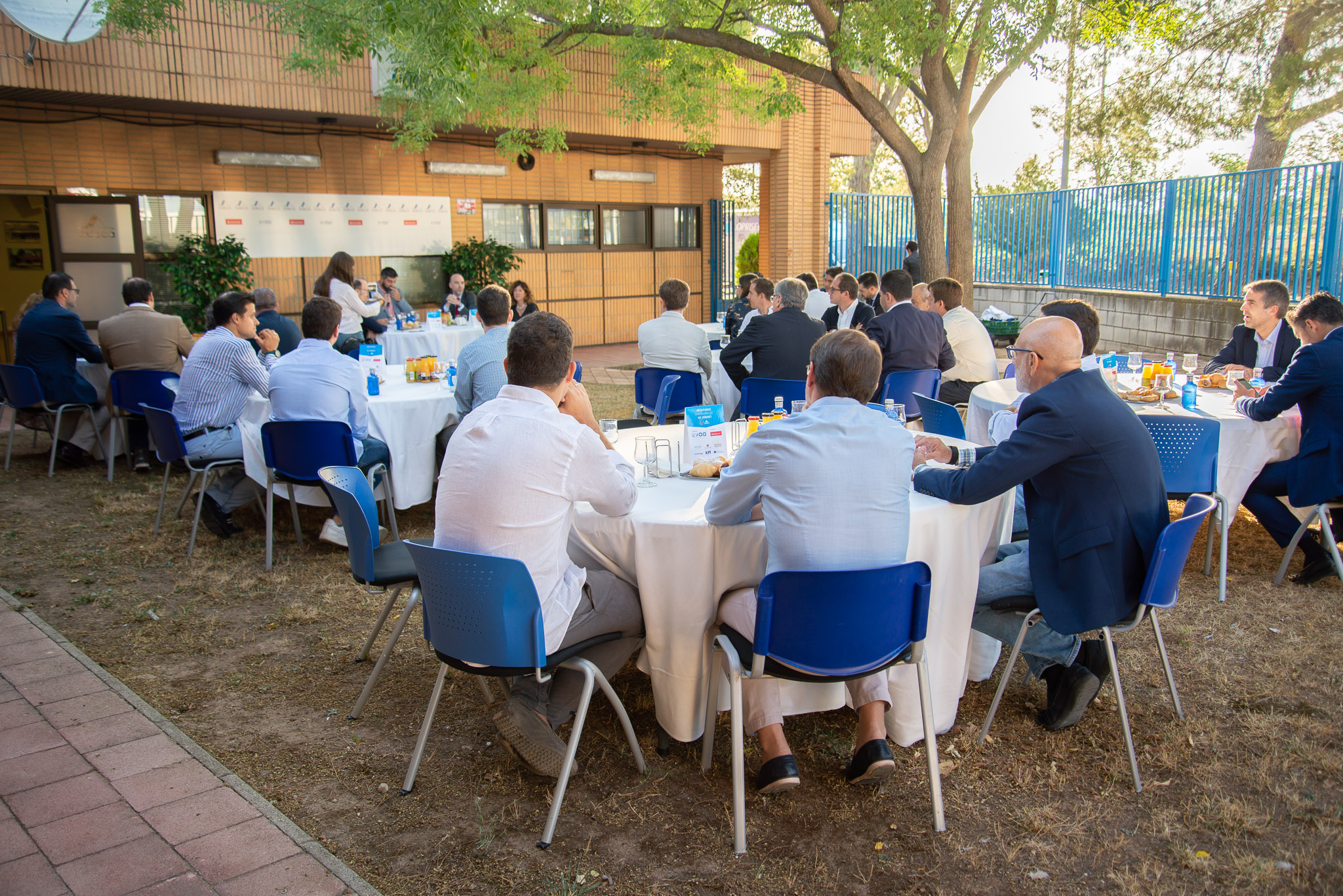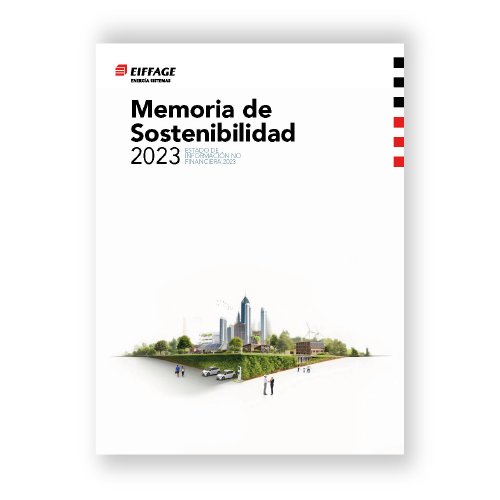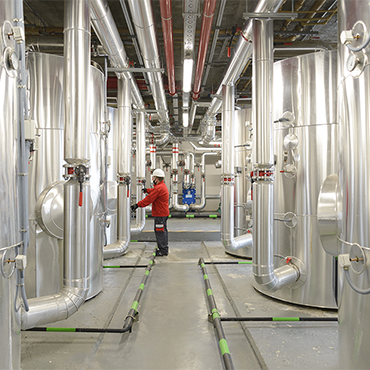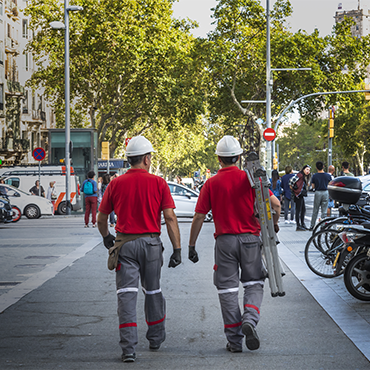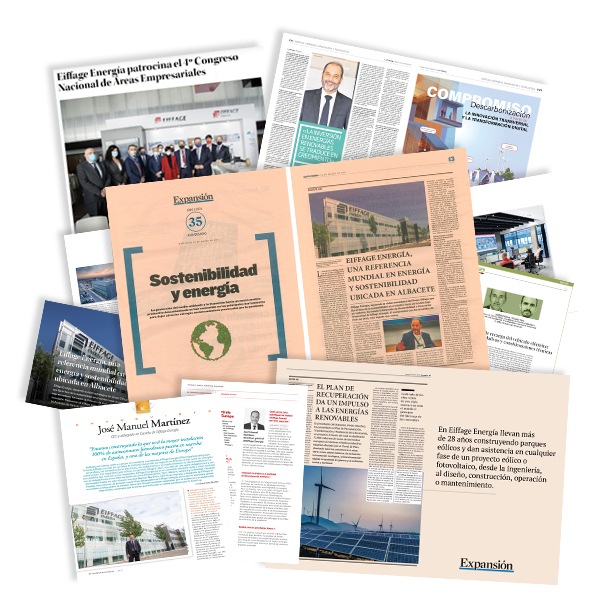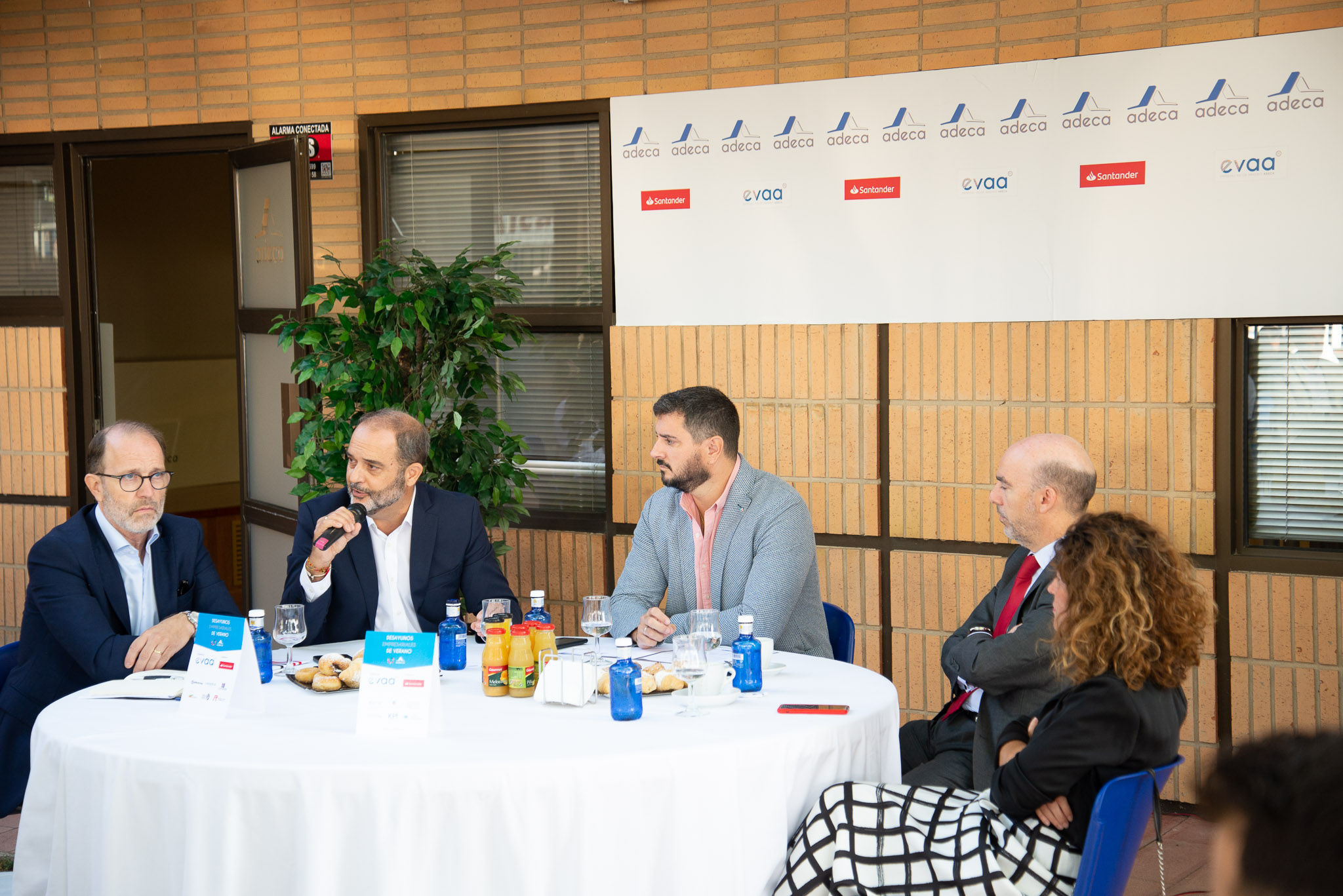Our managing director and CEO of Eiffage in Spain, José Manuel Martínez, closed the “Summer Business Breakfasts” organised by the Campollano Business Association, ADECA, with the collaboration of the Albacete City Council, Banco Santander, and the EVAA companies.
Under the title “The need for policies that promote energy efficiency and renewable energies in favour of the sustainability of the planet”, Martínez spoke about the current strategic energy vision that companies should have in terms of consumption; the current and alternative self-consumption methods available to companies; as well as the Local Energy Communities.
Energy crisis
During his speech, José Manuel Martínez discussed the present situation, notably the unprecedented energy crisis that our society is enduring, as well as the natural gas and oil supply scenario on the energy markets. This predicament has caused major issues on the electrical markets of most countries with advanced economies, with electricity prices that have never been seen before.
As a result, as explained by our CEO explained, in a situation like this it is justifiable to be more assertive with policies that promote energy efficiency and renewable energies. This also brings with it environmental benefits such as reduced atmospheric greenhouse gas emissions, and contributes to the fight against climate change. In short, it favours the SUSTAINABILITY OF THE PLANET.
Strategic energy vision
This context only serves to underscore the much-needed energy independence that countries that rely only on fossil fuel imports should aspire to. This implies taking actions in different areas that must form part of any company’s strategic energy vision, as Martínez explained:
-Prioritise energy efficiency and any available energy-saving measures to minimise consumption as much as possible, under the premise of: “the cheapest energy is energy that is not consumed”.
-Commit to the electrification of resources whose consumption depends on fossil fuels such as gas or oil, by replacing them with more efficient equipment and committing to sustainable mobility by updating vehicle fleets.
This final step can be difficult for sectors requiring high temperature thermal processes, which are known for high levels of gas consumption. In these cases, it is critical to begin evaluating medium-long term solutions. At this point, the CEO of Eiffage Energía referred to the replacement of natural gas by green hydrogen as the energy vector of the future. “A solution capable of lowering our reliance on fossil fuels while also decarbonising the types of processes that are difficult to electrify”.
The Eiffage Group is currently involved in the development of green green hydrogen from electrolysis, as the energy vector of the future to decarbonise sectors such as heavy transport and industry. This capability is coupled with experience in the EPC field for major ZERO-emission power generation facilities.
“The Eiffage Group aims to be a pioneer in the field of hybridisation of renewable generation facilities,” said Martinez.
Energy communities
An energy community is a new model for the generation, use and management of energy at a local level. A model that works through cooperation between agents, as a legal form of collective grouping, and that contributes to creating a decentralised, fair, efficient and collaborative energy system, as it is based on the active participation of the users themselves.
These communities make it possible to take advantage of the local solar resource, even if there is insufficient surface area available, by leveraging synergies with nearby companies and increasing the profitability of planned installations.
Collective self-consumption
José Manuel Martínez reminded his audience at this point that collective self-consumption is one of the technical ways in which project promoted by an energy community can be developed. However, this is not the only method, as collective self-consumption can be developed without being part of an energy community as a legal entity.
This would represent more than half of the current installed capacity of large PV facilities in the region (3,000 MW).
According to a 2021 study, energy communities could cover 60% of Spain’s electricity demand; and almost all the demand of the domestic and service sectors. In Albacete alone, there is potential for the installation of more than 600 MW, particularly in the industrial sector.
Sustainable mobility
In the sustainable mobility sector, Martínez highlighted how the group is a leader in the installation and integration of electric vehicle charging infrastructure. “We have installed over 1500 charging stations throughout Spain”. It should be remembered that the company built the largest electric charging station in Spain.
In addition, the Group has developed its own smart charging management solutions, allowing the efficient integration of these systems and infrastructure in buildings.
News in the media:
